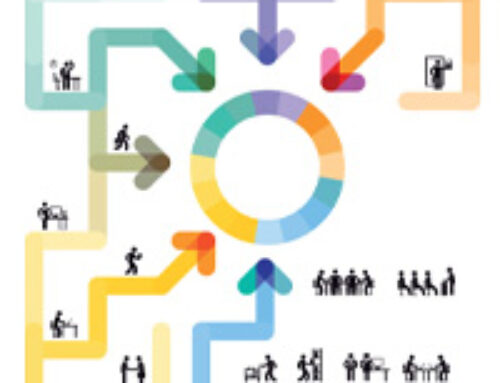12 Guidelines for Implementing EHR Software
Unquestionably, the move towards digital transformation in healthcare is a crucial step toward enhancing patient care and operational effectiveness. The use of Electronic Health Record (EHR) software, a centralized system for recording patient data designed to replace conventional paper records, is a crucial component of this shift.
An EHR system’s implementation is a significant task. To guarantee that the process is easy, effective, and produces a system that satisfies the demands of healthcare providers and patients, thorough preparation and execution are necessary. Here are twelve fundamental guidelines to help you navigate the procedure.
1. Understand Your Workflow
It’s important to have a complete understanding of your current workflow before deploying EHR software. Examine your procedures, locate any bottlenecks, and think about how the software may boost productivity. This knowledge will be used to configure the EHR system in a way that best meets your needs.
2. Select the Correct Software
Not all EHR platforms are made equal. Investigate several software options, consider their features, and compare them to your unique requirements. Consider your operation’s size, your spending limit, and any needs unique to your sector of business.
3. Early and Frequent Employee Engagement is Key to the Success of the EHR Implementation
Invite your team to participate early in the decision-making process, get their feedback, and address any issues they may have. Higher user adoption rates and more seamless transitions will result from this addition.
4. Give Data Security Priority
Your EHR installation should prioritize protecting patient data. Select a system that has strong security controls, such as access restriction and encryption. abide by all laws governing the security of patient data, including HIPAA in the US.
5. Prepare for Training
Create thorough training curricula to assist personnel in comprehending and efficiently utilizing the new system. To help with the shift, think about offering tools like guides, webinars, and support desks.
6. Phased Implentation
Think about installing the system gradually as opposed to everything at once. Introduce basic features first, then more advanced ones gradually. This strategy gives users time to adjust to the new system and space to address problems as they occur.
7. Establish Clear Communication
Keep lines of communication open and clear with all parties concerned, including software vendors, healthcare professionals, and patients. A smooth transition can be achieved by regularly informing all stakeholders of the progress and addressing their concerns.
8. Ensure Interoperability
The EHR program must be able to communicate and exchange information with other software programs. The information can be exchanged seamlessly thanks to interoperability, which enhances patient outcomes and care coordination.
9. Evaluate and Modify
It’s important to regularly evaluate the EHR system. To pinpoint problem areas and make the necessary adjustments, keep an eye on system performance, user feedback, and patient outcomes.
10. Prepare for Downtime
Despite your best efforts, there may still be times when the system is unavailable. To ensure that patient care is not hampered during these periods, create a backup plan.
11. Be Aware of Regulatory Changes
Healthcare regulations are constantly changing. To stay compliance with evolving requirements, make sure your EHR system is flexible and updated frequently.
12. Work for Patient Engagement
Keep in mind that the main objective of EHR is to enhance patient care. To increase system usability, make the system simple for patients to use, provide them access to their medical records, and ask for their comments.
EHR software implementation is a major project that, when done effectively, can result in better patient care and increased operational effectiveness. By following these twelve guidelines, you can make the switch to this digital system go more smoothly and pave the way for a time when healthcare is more easily available, more effectively administered, and more patient focused.
Download our free “Selecting the Right EHR” Workbook and Assessment PDF



